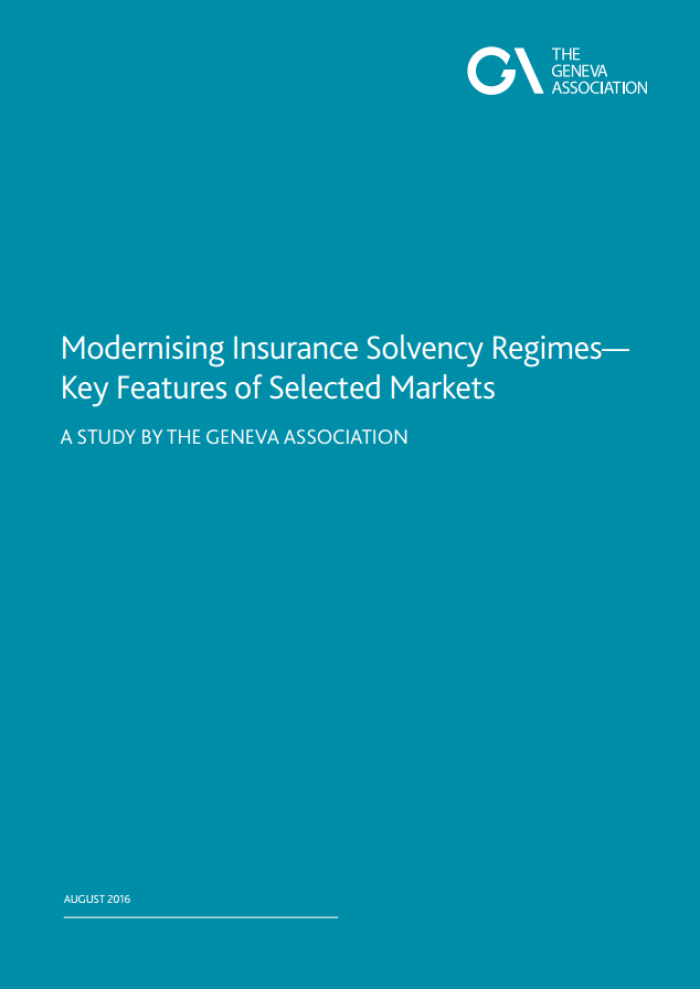Modernising Insurance Solvency Regimes

The report examines the commonalities and differences of global solvency regimes. It examines inter alia asset and liability valuation, how regulatory capital requirements are set, status of internal models, criteria for assessing capital resources.
The primary goal of any insurance solvency regime is to secure the interests of policyholders. One of the key elements to this end is the requirement for insurers to hold capital in order to be able to honour all future payouts to policyholders, also in case that unexpected claim events occur.
Historically, insurance solvency regimes have been specific to local jurisdictions. However, alongside the internationalisation and integration of economies and financial services, including the insurance industry, the marketplace is becoming increasingly global. This raises the issue of how to effectively regulate and supervise insurance activities at local, regional and global levels.
Also, advances in product development, technology and risk management techniques over the latest decades put pressure on regulators to develop solvency regimes to embrace new risks, new products and even supervisory skills.
The International Association of Insurance Supervisors (IAIS) is currently developing its global Insurance Capital Standard (ICS) as part of Its Common Framework for the Supervision of Internationally Active Insurance Groups (ComFrame). This report aims to shed light on key features of solvency regimes in selected jurisdictions and compares new and emerging regimes with more established ones.
The report also provides an overview of commonalities and differences—based on a structured questionnaire—across regimes and looks, amongst others, at the way assets and liabilities are valued, how regulatory capital requirements are set, whether or not internal models are allowed, and criteria for assessing capital resources, etc.
Our study demonstrates that there is much common ground with regard to the main objectives and key elements of existing and developing solvency regimes. It is, however, clear that these common elements are interpreted and applied in different ways. The IAIS will have to take into account these differences as they strive towards the goal to introduce the ICS.





